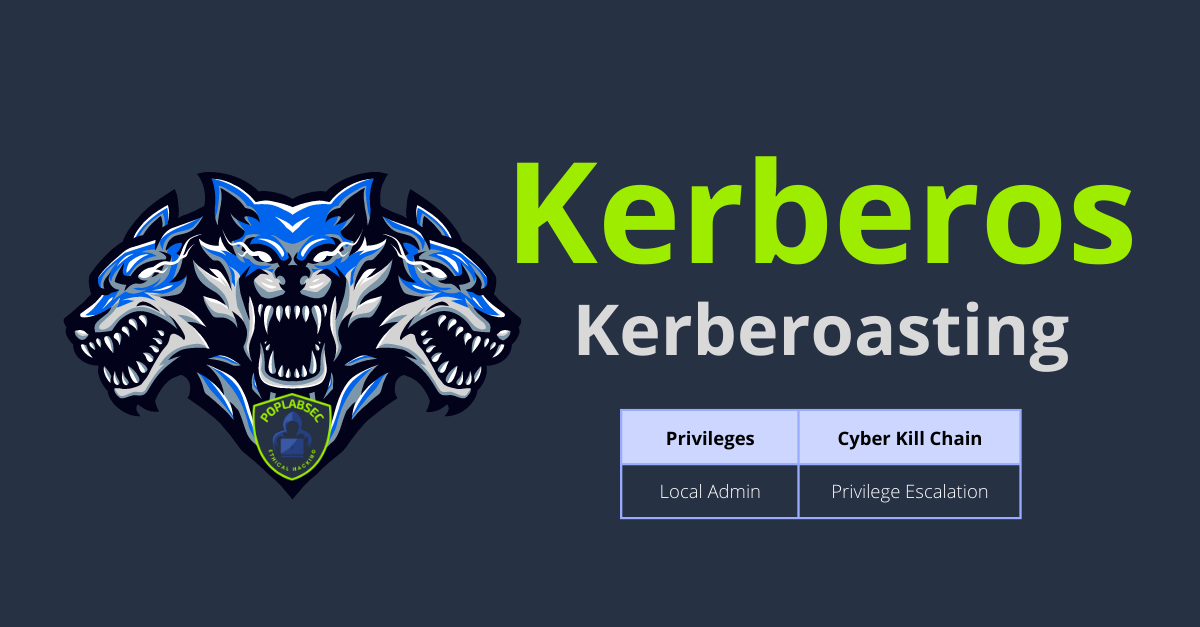Understanding Kerberoasting: A Simple Guide
 RFS
RFS
Kerberoasting is a technique used by ethical hackers and security experts to evaluate network security.
It exploits weak service account configurations to extract service tickets or credentials used by certain system services, enabling a form of privilege escalation attack.
Successful Kerberoasting can grant attackers access to sensitive data and resources on a system or network.
What is Kerberoasting?
Kerberoasting is a technique used by ethical hackers and security experts to test the security of a network.
It exploits weakly configured service accounts to extract service tickets, or credentials, used by certain system services.
Kerberoasting is a form of privilege escalation attack.
By successfully performing Kerberoasting, an attacker can gain access to sensitive data and resources on a system or network.

How Does Kerberoasting Work?
Kerberoasting works by using components that are common to the Microsoft Windows operating system. With the right tools, an attacker can request service tickets, or credentials, from a Microsoft Windows domain controller and extract them with a specialized tool.
This process relies on unsecured and weakly configured service accounts.
With the service ticket in hand, the attacker can use it to impersonate a legitimate user and gain access to sensitive files and resources on the system or network.
How Can Security Professionals Use Kerberoasting?
Kerberoasting can be used by security professionals to test the security of a network. This can be done by identifying and extracting weakly configured service accounts and analyzing the extracted service tickets for any weaknesses.
This allows security professionals to assess the security of their network and identify any potential vulnerabilities that could be exploited by attackers.
What Can an Attacker Do With a Service Ticket?
Once an attacker gains access to a service ticket through Kerberoasting, they can use it to impersonate another user or gain access to sensitive data and resources.
This could potentially allow the attacker to gain privileged access and open up the system or network to further exploitation.

How Can Networks and Systems be Protected Against Kerberoasting?
Kerberoasting is a form of privilege escalation attack and certain security measures can be taken to prevent it from occurring.
Improving access control, keeping service accounts secure and properly configured, and monitoring for suspicious activity can all help mitigate the risk.
Security professionals should also use tools to detect and alert any potential Kerberoasting activities.
What is Kerberoasting?
Kerberoasting is a technique used to extract and crack service account passwords stored in a Windows Active Directory (AD) environment that uses Kerberos authentication.
How does Kerberoasting work?
In a Kerberos-based authentication system, service accounts have a specific encryption type known as a Service Principal Name (SPN).
Kerberoasting takes advantage of the fact that these SPNs are encrypted using a symmetric key derived from the user’s password.
Attackers can request a service ticket for an SPN associated with a service account and then offline crack the encrypted password.
Why is Kerberoasting a concern?
Kerberoasting can be a concern because it allows an attacker to target service accounts, which often have privileged access and are less likely to have their passwords changed frequently.
Successful Kerberoasting attacks can lead to unauthorized access, and lateral movement, and potentially compromise an entire network.
What are the prerequisites for performing a Kerberoasting attack?
To perform a Kerberoasting attack, an attacker needs to have network access to the Windows AD environment, valid domain credentials to request a service ticket, and the ability to perform offline cracking of the encrypted service account passwords.
Are there any tools available for detecting and preventing Kerberoasting attacks?
Yes, there are various tools available that can help detect and prevent Kerberoasting attacks.
Subscribe to my newsletter
Read articles from RFS directly inside your inbox. Subscribe to the newsletter, and don't miss out.
Written by

RFS
RFS
Connected since 1996!
